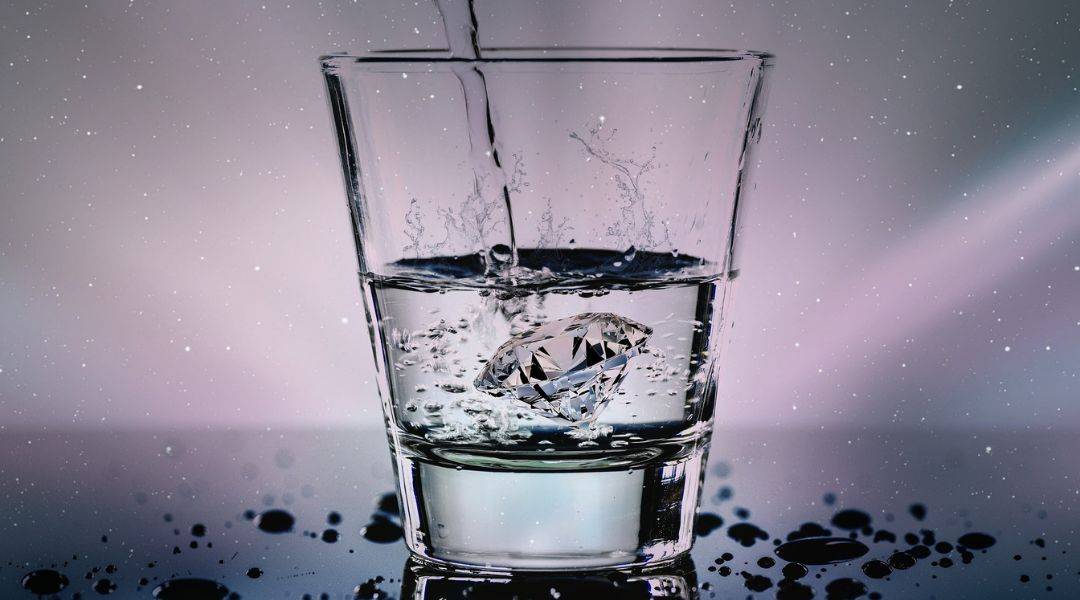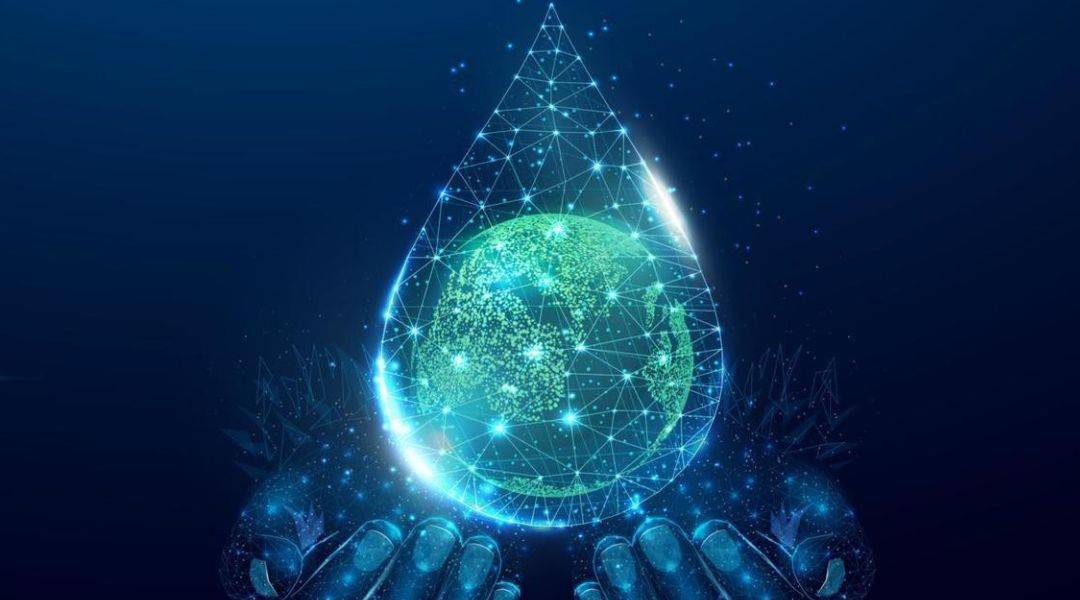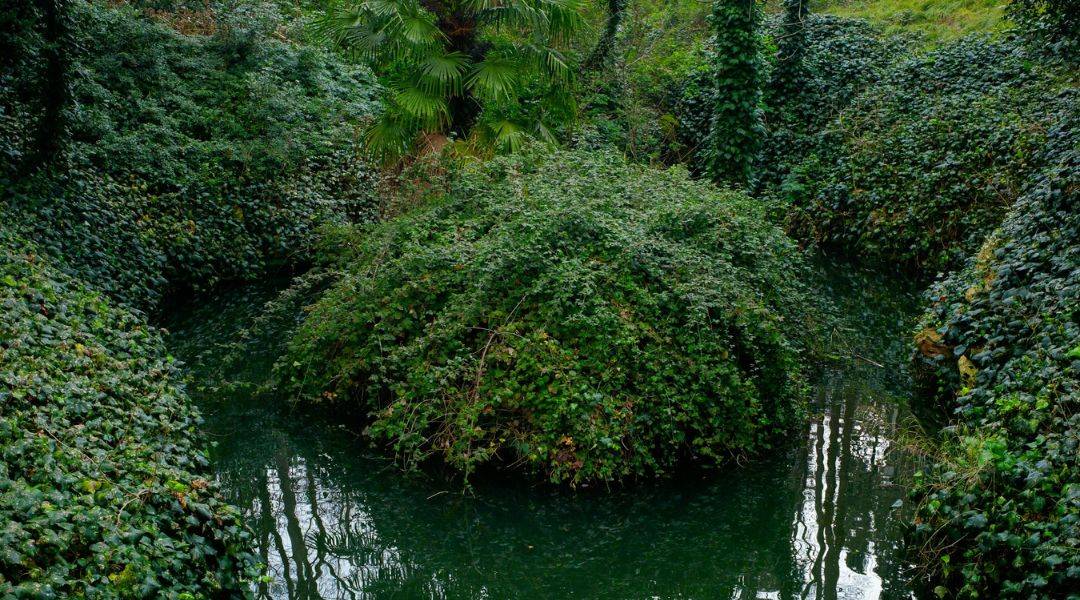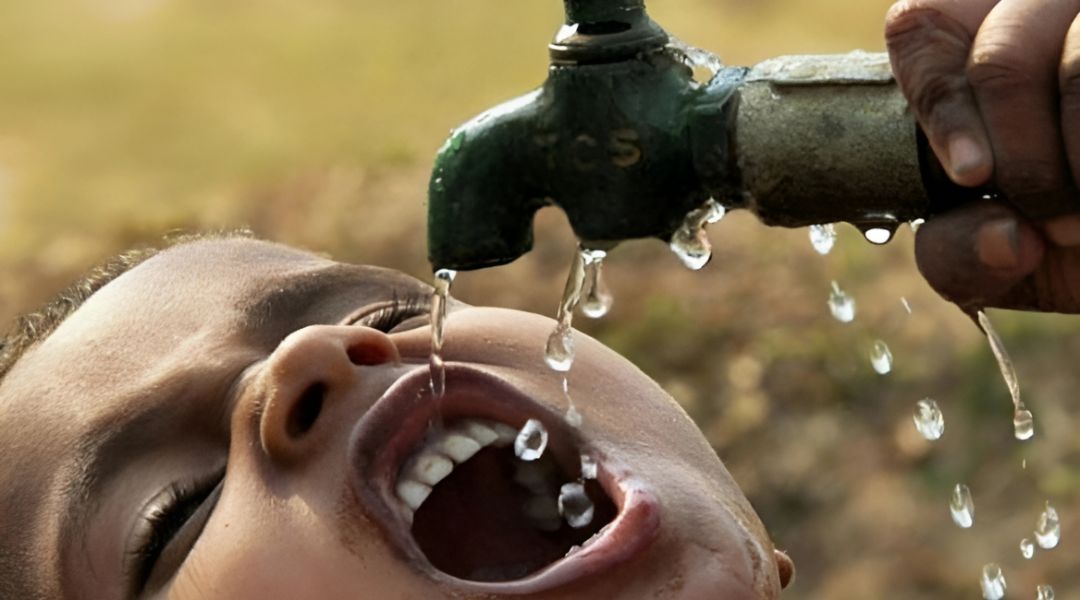Turning Air Into Water: Akvo’s Sustainable Answer to the Global Water Crisis
Access to clean drinking water remains a critical global issue — over 2.2 billion people lack it, according to the World Health Organization. As the world marked World Water Day on March 22, innovators like Navkaran Singh Bagga, founder and CEO of Akvo, are offering bold new solutions. His company is tackling the water crisis by literally turning air into safe, potable water.
Through Atmospheric Water Generation (AWG) technology, Akvo’s machines extract humidity from the air, condense it into water, and purify it to drinking standards. “AWG is cutting-edge technology that captures water from the air we breathe,” says Bagga. “Once the moisture is condensed, it’s filtered and sterilised, ensuring the water is clean, safe, and chemical-free.”
He likens the process to the condensation seen on a cold glass on a humid day — only industrialized and highly controlled. The water passes through carbon and sediment filters, UV treatment, and sometimes reverse osmosis to meet stringent quality standards.
Akvo’s innovation not only reduces dependence on groundwater and plastic-packaged water but also offers a sustainable, decentralized water solution for homes, businesses, and regions facing severe water scarcity.
As the climate crisis worsens, such renewable technologies are not just impressive – they’re essential.
For the full article please visit here.




